|
Stone Soup Gardens is finding new creative ways to create custom permaculture playscapes, this time with a LIVE WILLOW DOME! Willow is an extremely fast-growing and quickly rooting plant. For this reason, it provides a great opportunity to create custom living structures using its branches. Our clients thought a living willow gazebo was just the kind of clubhouse they could all enjoy for years to come. We designed the structure to be a bird blind for a nearby green space. There was an existing garden in the location but instead of removing a nearby weeping spruce and hydrangea, we wove them right into our plans. We needed plentiful fresh willow branches, and luckily we were right down the road from the Rainier Beach Urban Farm and Wetlands. Our friends there gave us a few pointers and allowed us to harvest some of their abundant willows. We harvested over 100 whips from our native Scouler’s Willow, planted them in a circle in our client’s yard and weaved them into sturdy walls to create a custom living playhouse. Throughout the winter these branches will put their energy towards sending new roots into the ground, so that come this spring, the structure will be able to create its own brand new leafy canopy. Over the years this structure will continue to grow and weave together, creating a beautifully dynamic garden and play feature. Our willow dome features custom bike rim windows, a bamboo roof and the Weeping Norway Spruce that is both a mock “fireplace” and a “secret passageway”. This dome is but one example of the shape a living willow structure can take. Willow whips can be planted and trained in all sorts of styles, including fences, archways, tunnels, gazebos, pergolas, and playhouses of all shapes and sizes. Do you have a vision of a living structure in your own garden space? We love creative challenges and have created a variety of plant based play structures, including edible versions. Contact us today to set up a consultation! Thanks to our awesome clients for trusting our process and the awesome folks at Tilth Alliance’s Rainier Beach Urban Farm for their insight and collaboration on this project. We have been so thrilled to get to work with the beautiful and resilient Salix! We’re excited for more opportunities to create living structures for children, families and communities. The Power of Willow
Fun fact: because of their very high levels of the growth-promoting plant hormone indole-butyric acid (auxin IBA) as well as the antifungal salicylic acid, willows can be used to create homemade rooting hormone for your indoor and outdoor plants. Create willow water by harvesting young willow branches in their first year of growth, the width of a pencil or smaller. Young shoots have the highest levels of auxin IBA. Remove any leaves from these branches and then cut into small segments around an inch long. Fill a heat-proof container, such as a large mason jar, with these willow pieces until it’s about half full and then pour boiling water over them. Let this mixture steep for around 24 hours, strain out the willow twigs, and then use your willow water where needed! Willow water can be used to stimulate root growth on new cuttings, or to water plants that have recently been moved to soil. If soaking a plant directly, be sure to dilute the willow water to half strength. It can also be used to water new seedlings. Store any unused willow water in the fridge for up to two months.  Here at Stone Soup Gardens, we’ve had a busy and very exciting start to this new year. With many new residential and community projects on the horizon, our team has dove into educational opportunities to better serve our community. Leading the Year with Learning RainWise Although Jake got to facilitate the inaugural Rainwise Academy last year, 2020 was dry for rain gardens at Stone Soup. So we were grateful to kick off 2021 with an edible rain garden installation! We had a wonderful opportunity for the whole team to share knowledge on the installation of rain gardens on a residential site. Guided by RainWise contractor resources, we went over the why and the how of rain garden construction including plumbing material standards, how to plan a rain garden’s depth and size, how to choose plants, and how to create the best drainage and overflow systems. It was a fun collaborative session co-facilitated by our three experienced installers. This impromptu training has ensured that every single one of our team members has intricate knowledge of the design and installation process for RainWise rain gardens. Fruit Tree Pruning Workshop We love getting to care for trees, and we love to further our knowledge of how to do so. As part of our team’s monthly education, we had the awesome opportunity to chat with Barb Burrill, an active orchardist involved in the Tilth Alliance, the Seattle Tree Fruit Society, and other groups that look after our city’s plentiful fruit trees. We had an extensive conversation about specific care regimens for all different kinds of fruits, what time of year is best for different kinds of maintenance, and how best to talk to owners of fruit trees about taking care of them. Some of our team has continued to engage and collaborate with Barb and the Tilth Alliance through consistent pruning sessions. Water Brings Life We are excited to share our ongoing collaboration with Highline United Methodist Church in Burien. In 2018, we began work with Highline UMC to design the Hazel Valley Community Garden, which aims to improve stormwater mitigation, increase food access, bring neighbors together, and build healthy soil. In 2019, we returned to collaborate with the Nature Stewards to design and install two edible roadside rain gardens, with Tilth Alliance Soil and Water Stewards to build 30 raised vegetable beds in the community garden, and with King Conservation District to fill those raised beds with Hugelkultur fill. You can learn about our involvement at Hazel Valley Community Farm on our portfolio, as well as in KCD’s blog. This year, we are returning to this site to dive into the next phase of their community installation, a rain-harvesting irrigation system! We will be installing a 6,000 gallon system that will help irrigate the community farm and the growing food forest. See below for photos of our past installation work at this site, or see our portfolio for more. 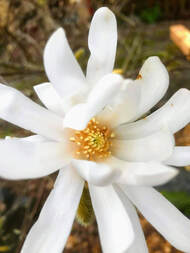 First, these are stressful times in our world. Stone Soup encourages our readers to take precautionary measures to ensure their safety, as we are doing within the company. Please utilize information put in place by medical professionals and the CDC. We care about the community and support the self-quarantine procedures; however, in times of great change we need community and support. Stay connected to your loved ones in safe ways, such as phone calls, video calls, emails, etc. All of the surrounding fear just emphasizes a greater need for destressing activities…like gardening! Spring is here! Spending time in nature is a great way to relax. The sunshine is out and it’s time to start thinking about our yards. It’s still a little cold at night to be planting seeds, but this is a great time to start thinking about what’s needed in the coming weeks. What are some ways that you can play in your backyard? Stone Soup is excited for seasonal changes and would like to pose some questions to consider in the coming weeks. -How did your current plants fair over winter? Do they have buds forming? -It’s still early and some plants may not be fully awake. A great way to check if a plant is still alive, would be to lightly scratch the bark with your fingernail. If you see green under the first layer, the plant is ALIVE and still sleeping. Be patient. Just like people, not all plants are ‘morning’ early risers. -Is there standing water anywhere in the yard? -Is there any moss or mold forming in unwanted places? Ie. Gardening sheds -Are there areas that need fresh compost? -Do you have any potted plants that need to be repositioned away from their safe zones? -Do you have a greenhouse that can be stored away? -Don’t forget that in the coming dry months, some plants will need watering. Do you need a watering can, new hose or drip irrigation? -Are there bare spaces in your yard that can be filled with new native plants? Even small places can be filled with native groundcovers. -The birds, bees and pollinators are waking up. Consider putting out food for these creatures until more flowering plants open up. -Remember that some ‘weeds’ are helpful for the soil, such as clover and dandelions. Enjoy this planning time. Think about what goals you want for your yard. Have some fun during this process! Start a wish list, to-do list, dream web, doodles, whatever your process is, get creative. Interacting with nature shouldn’t feel like a chore. It’s an exciting way to care for something beautiful. Winter weather is here in the northwest, and it is a blanket of white. Today, sitting in my office in Seattle, I've watched an inch accumulate on the cars parked just out my office window.
One question lingering in my mind as the snow piles up, is whether or not I should be knocking the snow off of my plants? There appear to be several schools of thought on this, but I'm going to go with what is most practical and relevant, based on the current conditions outside. First of all, trying to knock snow off of frozen plants could easily break branches or limbs. While the snow is heavy, particularly for our region, it also behaves as an insulator for the plants, protecting them from further damage. Once the snow stops falling and begins to melt, the plants should begin to slowly recover. The snow also protects the plants from wind, particularly our evergreen and broadleaf plants, and keeps them pinned down rather than thrashing about in icy cold conditions. Since the plants are currently dormant, the lack of light shouldn't affect them. Once spring hits allow your plants time to recover. They may be a bit slow to bounce back this year, and some of them might be saggy or misshapen, but don't get overzealous about pulling them out into you are certain there is no hope of recovery. It is also not wise to shake the limbs or branches on larger trees to remove the snow. Be gentle! The trees are already bearing lots of weight, and could easily snap up and break off causing greater problems for the tree, as well as for you! If a limb does break, have the limb removed and the stub properly cut as the weather allows. This will ensure that your tree stays healthy moving into spring. The main take away from this is to properly prune your plants each year to ensure that they have a strong foundation to support all kinds of weather. Clearly, it is something that we must all be thinking about during this massive snow event. In the meantime, enjoy frolicking in the snow! Our crew is certainly getting a much needed body break during all this weather, but hopefully we'll be back at you soon once conditions improve. Have you always wondered about what it takes to put in a raingarden or cistern? Perhaps you've heard of the RainWise Program and have been curious about the rebate process? Or, maybe you haven't heard of either and would absolutely like to find out how to get a rebate on installing these fantastic systems that help prevent and clean up stormwater overflow? Now is your chance! Come visit us in Columbia City - we'll be there to answer all of the above for you!
Stewardship Partners and the summit Host Committee invite you to the 4th Annual Puget Sound Green Infrastructure Summit, a City Habitats event. The vision of this summit is to convene diverse leaders from Puget Sound cities and towns to map the strategic role of green infrastructure in our shared clean water future.
This year's Summit will put a special focus on retrofitting our existing built environment in addition to making the economic, social, and ecological case(s) for green infrastructure . Local, regional and state agencies, businesses, non-profits, community groups, educators and students will all build their collaborative networks and learn from thought leader peers. Earth Justice Now!: Building Intersectional Community Spaces
UW Kane Hall - Seattle 1:30 pm, Room 220 - Access and Equity http://www.northwestgreen.org/single-post/2018/10/06/Earth-Justice-Now-Building-Intersectional-Community-Spaces Tahmina Martelly, World Relief Fund Kyla Rynard, Alleycat Acres Jake Harris, Stone Soup Gardens (moderator) Join Kyla Rudnik of Alleycat Acres, Tahmina Martelly of World Relief Seattle and Jake Harris of Stone Soup Gardens to learn about two community development projects focused on Social Justice and Food Access. Wetmore Community Farm: Wetmore Ave was a dead end S-DOT street covered in knotweed that Alleycat Acres opened up and developed into a community farm and food forest. Wetmore Community Farm now is a food hub of an elementary school, the food bank, low income senior housing and a neighborhood in the rapidly changing Rainier Valley. Paradise Parking Plots: A recently de-paved church parking lot in Kent is being transformed by World Relief Seattle into a habitat space, a GSI demonstration site and a welcoming community farm for over 50 refugee families. Both projects had ribbon cuttings this year, and both projects are taking a whole systems approach to their development. Learning Objectives:
ALLEYCAT ACRES CELEBRATES COMMUNITY FARM AT FALL FESTIVAL
by Carolyn Bick October 18, 20218 Link to article Beneath a tent along the little lane at the back of South Estelle Street, children painted freshly picked pumpkins, as others eagerly fed and petted chickens in a mobile coop a few feet away. Though neither the coop nor the tent were permanent, greenery surrounding the was: the lane is the site of Wetmore Community Farm, and Saturday saw the farm’s official grand opening. Run by Alleycat Acres, the free community farm has been open since 2015, but, as Farm Coordinator and Program Director Kyla Rudnick explained, this year marked the end of any major projects on or clearing of the land. The City of Seattle grant-funded farm originally opened, because a family who lived next door was tired of seeing the derelict land and got in contact with the organization. “We started holding community meetings in the neighborhood to see if people were interested in a community garden, and what they wanted to do with the space and went from there,” Rudnick said. “We’ve been holding events here for about three years. … Now, we just have some more planting to do, and start maintaining the site.” The farm is run in partnership with the Rainier Valley Food Bank, Senior Housing Assistance Group, the Downtown Emergency Service Center, and Stone Soup Gardens. In the years to come, Rudnick said they hope to get more of the community itself involved. Having the space serve as a community garden is important, she said, because there isn’t any green space like it in the immediate area. While that isn’t necessarily a problem for younger people, it can be a problem for seniors. “We have a lot of senior citizens who live in the neighborhood, so having that green space where they can walk is really important,” Rudnick said. “Of course, all the food that we grow here is going directly to neighbors. … There are grocery stores around here, but having free, fresh produce is, of course, a boon to any neighborhood, and especially here, where we have such a dense neighborhood.” Garden neighbor Plekeo Douangdara said she and her husband enjoy gardening, and that she walks around the community garden “all the time.” She’s been gardening for 30 years, she said, and is excited to contribute seeds and plants to the space. “I have a lot of seeds, like Asian corn, Asian pumpkin, eggplants,” Douangdara said. “She said, ‘Okay, you can plant!’ … Very cool. Before, nobody wanted to go in here … but this year and last year is better.” When: Tuesday, October 2, 2018 - 7 - 8:30 pm
Where: 21 Acres Center, 13701 Northeast 171st Street, Woodinville, WA 98072 Permaculture Woodinville is hosting a Who’s Who in Hügelkultur where working landscape and permaculture professionals (including our own Jake Harris!) will offer homeowners insight on how to incorporate hügelkultur into landscape design. Interested individuals are welcome to come learn about Hügelkultur, the European art of mound building, that provides; *long term source of plant nutrients *creation of healthy soil *more surface area for plants *water retention in the soil *use of recyclable material from your property ***Prior to the panel of experts discussion at 7pm Permaculture Woodinville will give a walking tour of the ongoing Hugelkultur projects at 21 Acres. The tour will start at 6pm.*** We are offering FREE CLASSES at CHOMP!!
August 18 - 10am - 6 pm Marymoor Park CHOMP! is a new kind of County Fair. Join us August 18 at King County's Marymoor Park for a day of local food, live music, green living workshops, and activities for the whole family. Meet and interact with local farmers, community organizations, chefs and musicians in a family-friendly, completely free celebration of what makes King County great! CLASS #1: Delicious Rain Garden Plants – 11:30 AM – 12:30 PM Learn From Stone Soup Gardens Permaculture Designer, Marco Downs about how to incorporate delicious and beautiful plants into rain gardens at your home or community space. Our plant palette focuses on how to fulfill our clients’ needs with edible, native and wildlife habitat plants. We will talk through our favorites in those categories and provide space for questions about how best to work rain gardens into your plan. Great class for homeowners, contractors and designers who are looking to expand their palette. CLASS #2: Greywater 101 with Patrick Loderhose - 12:45 – 1:45 PM Greywater, water from sinks, showers, and washing machines, is a great source of irrigation and can greatly reduce your outdoor water use. Greywater systems are especially important in times of drought. Come learn about popular greywater systems from Patrick, who is a level 3 California trained greywater installer and designer. He'll teach you about design considerations, water saving potential, costs, regulations, health and safety, soaps and products, and how to choose a system that is a good match for your home and landscape. |
This is how Stone Soup Gardens rolls - check out our blog for current, upcoming, and past projects, events, and other super cool stuff worth mentioning.
Archives
|


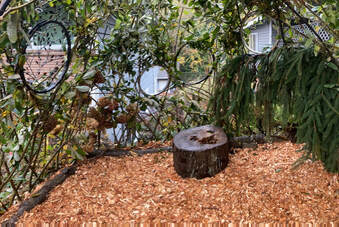
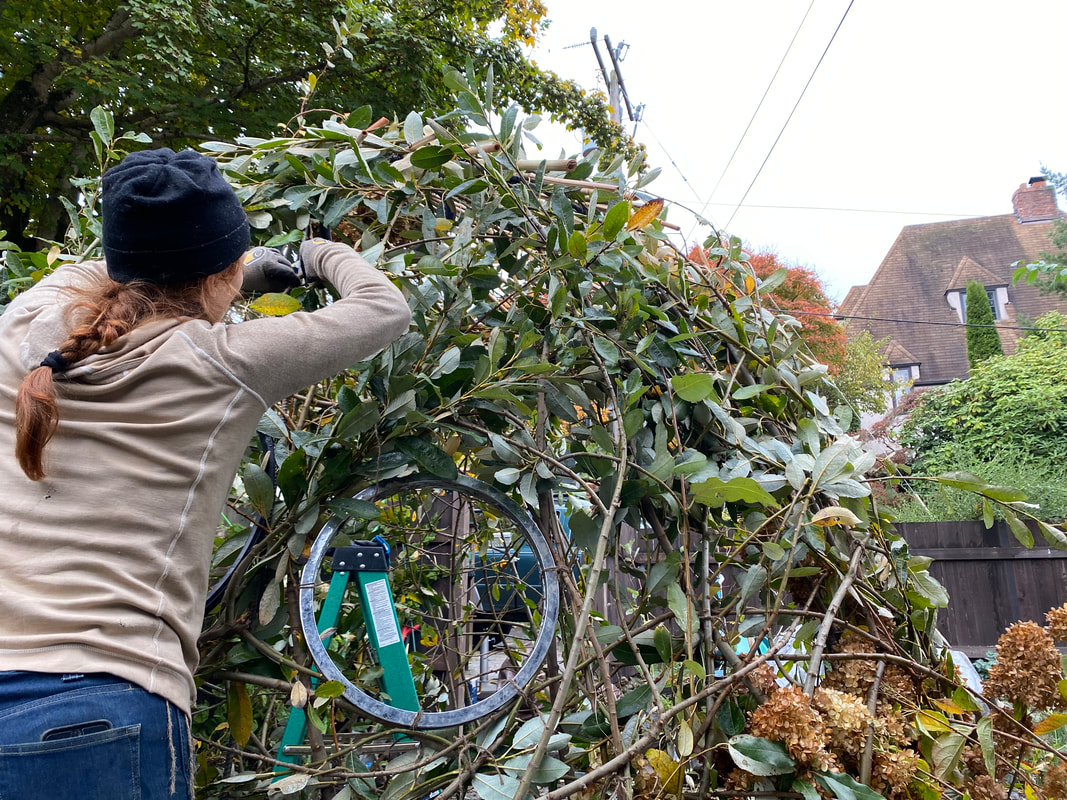

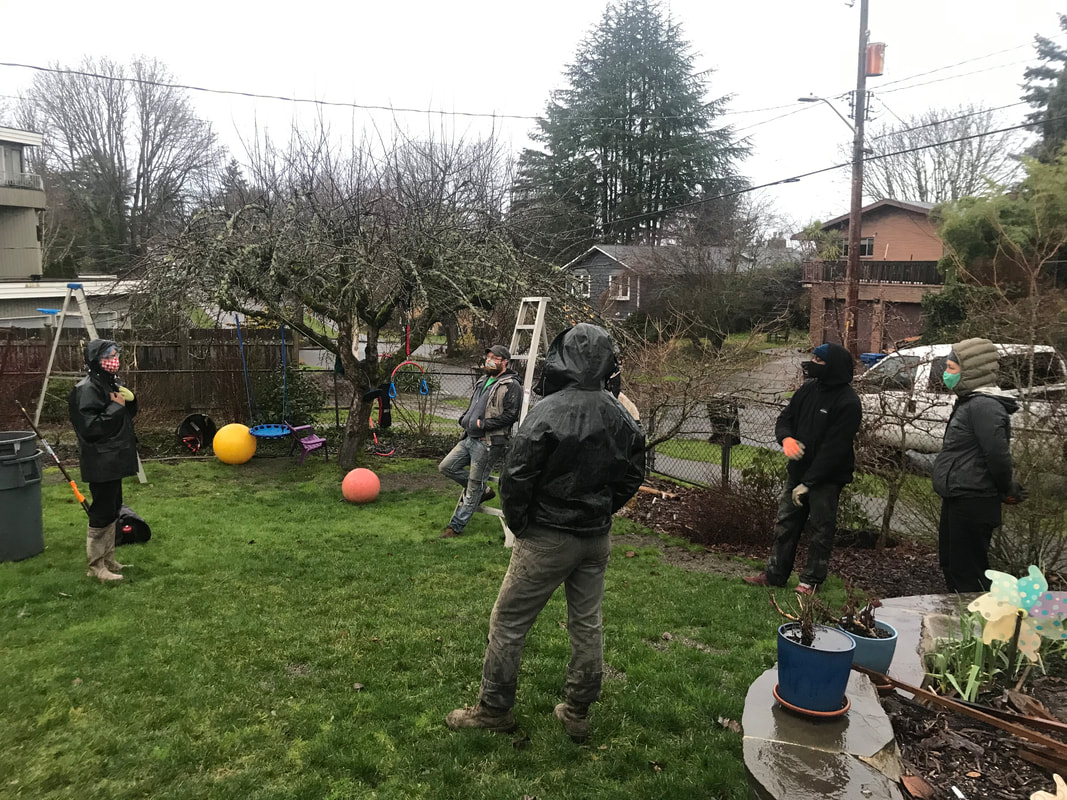
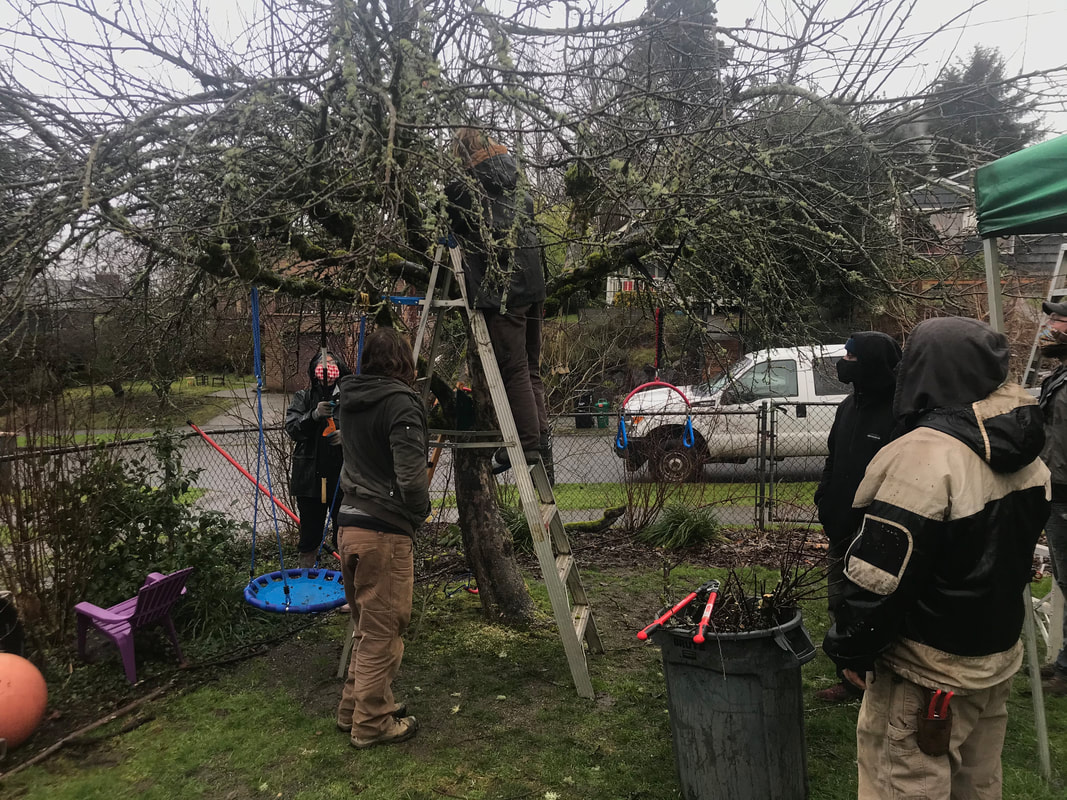
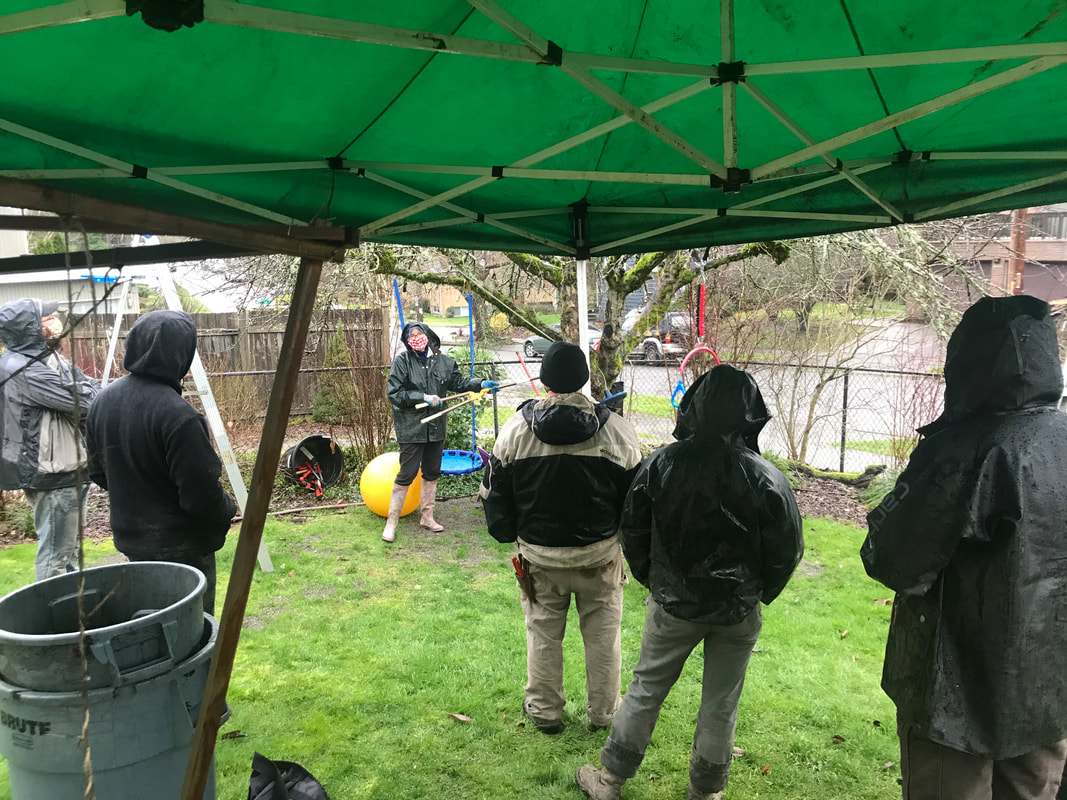


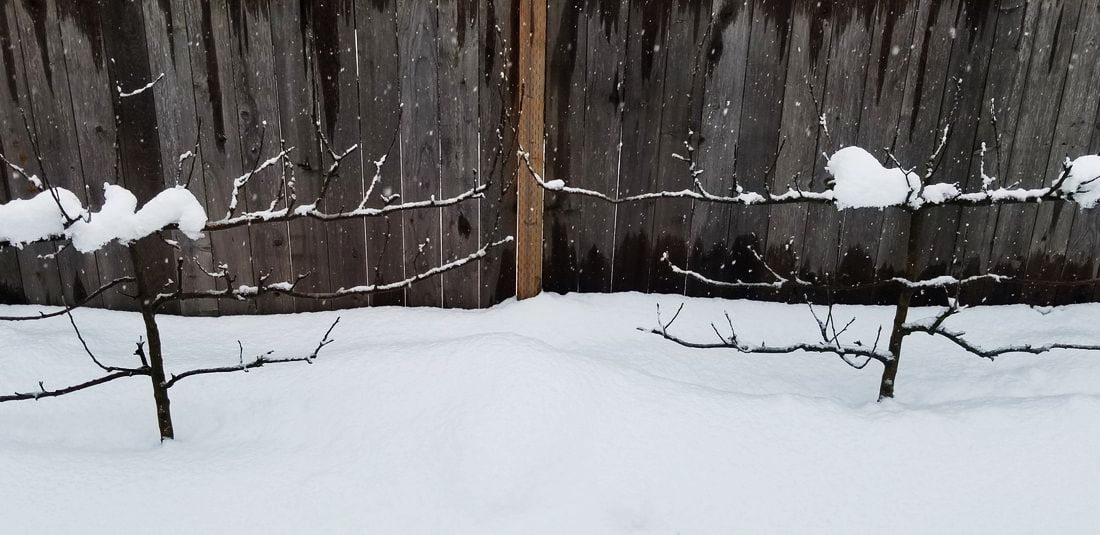

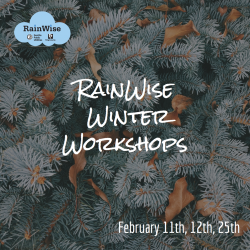









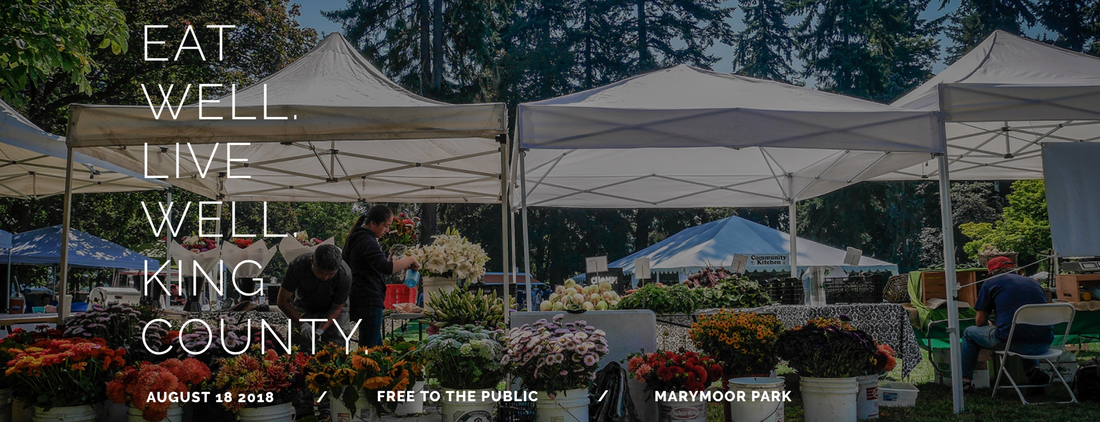
 RSS Feed
RSS Feed